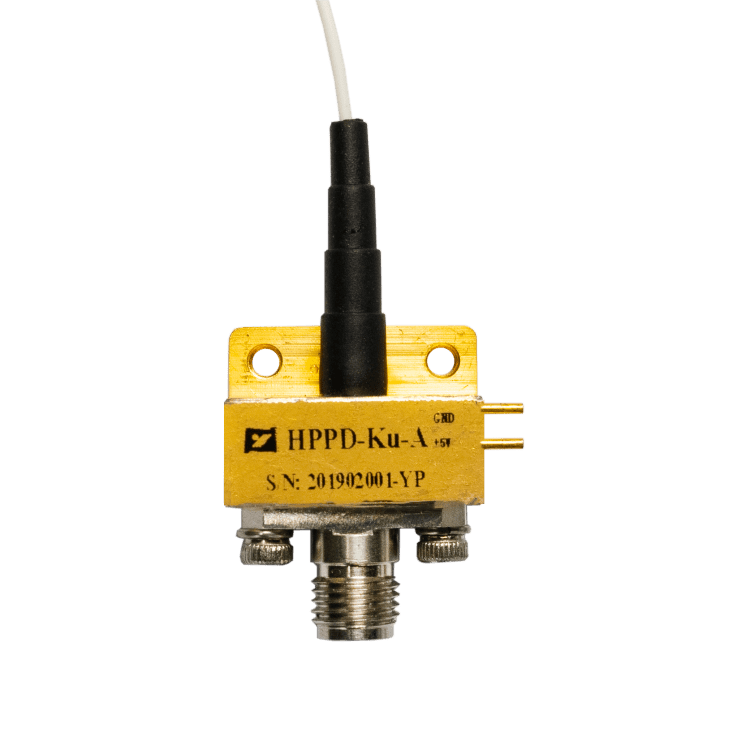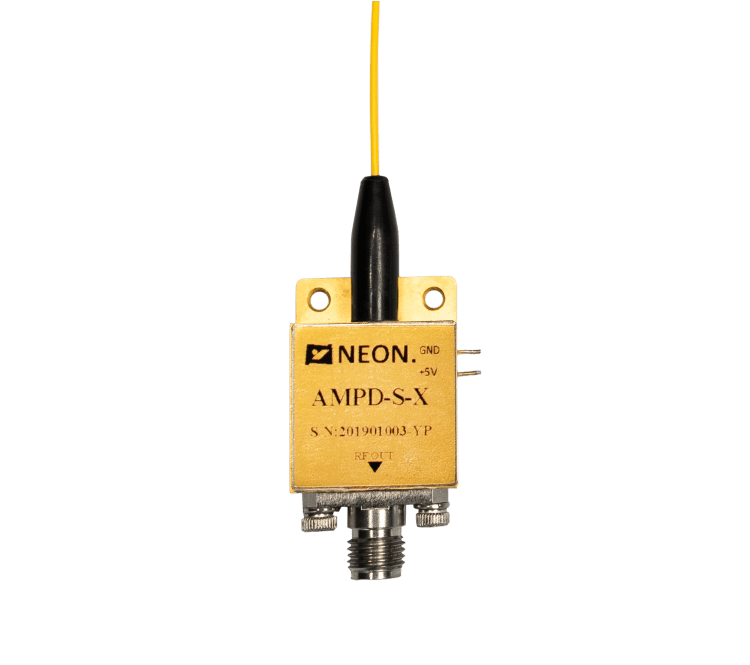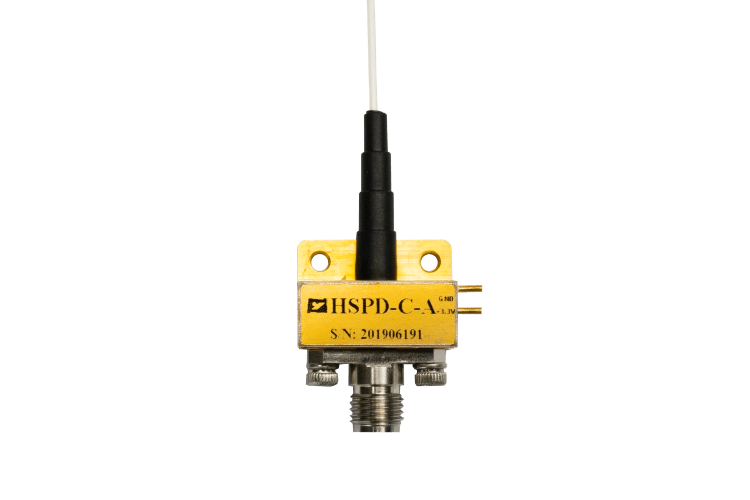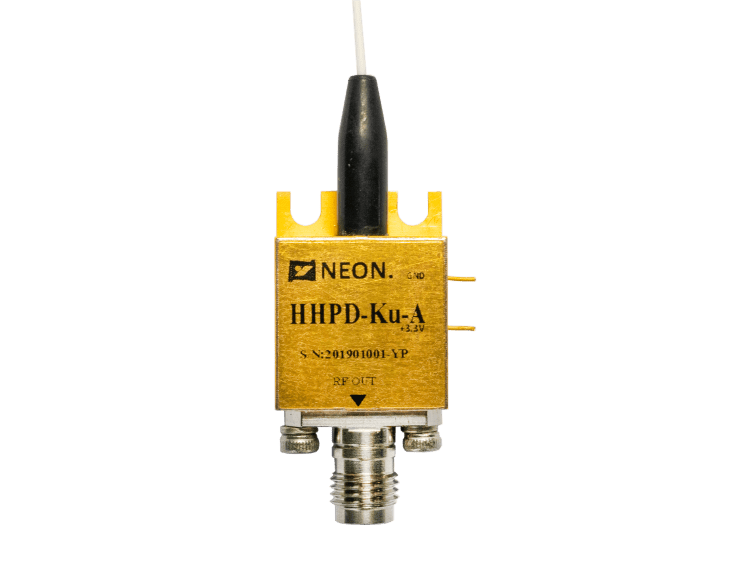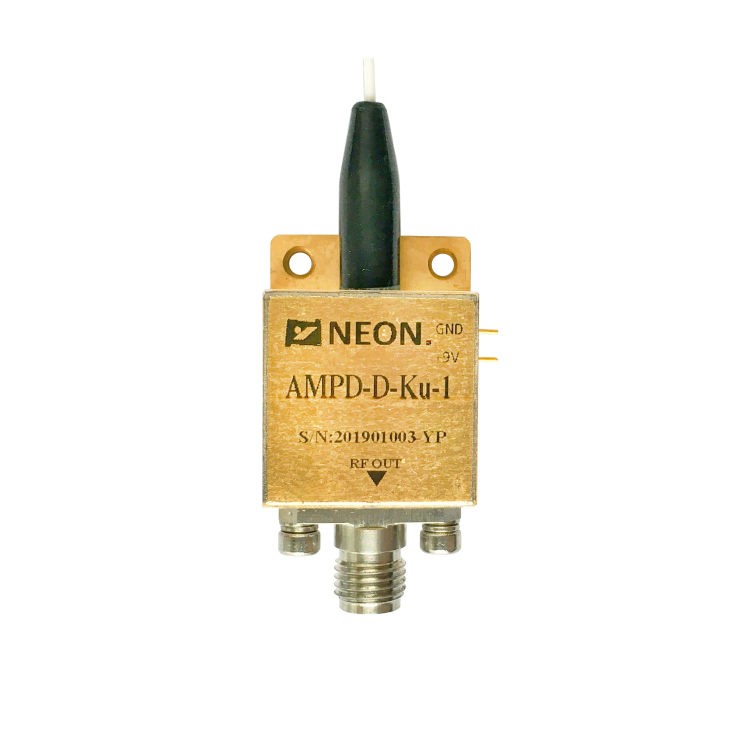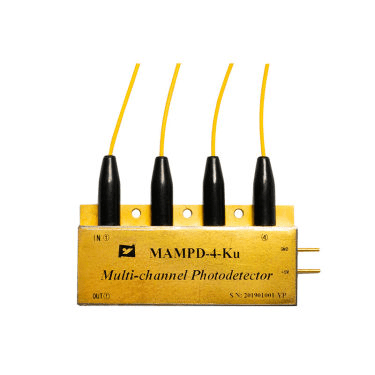Fast Photodetectors vs. Fast Photodiodes: A Comprehensive Comparison
Fast photodetectors and fast photodiodes are both devices that can detect light and convert it into an electrical signal very quickly. They have a short response time, which means that they can detect changes in light intensity very rapidly. Fast photodetectors and fast photodiodes are used in a variety of applications, including optical communication, high-speed imaging, and laser detection.
This article will provide a comprehensive comparison of fast photodetectors and fast photodiodes. It will discuss the different types of devices, their operating principles, their advantages and disadvantages, and their applications.
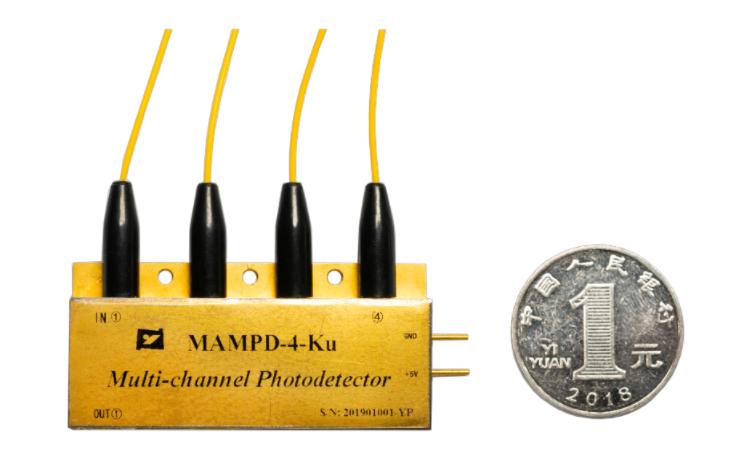
Types of Fast Photodetectors
There are a variety of different types of fast photodetectors, including:
- Avalanche photodiodes (APDs): APDs are photodiodes that use an internal multiplication mechanism to amplify the photocurrent. This makes them very sensitive and allows them to operate at very high speeds. APDs are typically used in optical communication systems.
- PIN photodiodes: PIN photodiodes are a type of photodiode that has a wide intrinsic region between the p and n regions. This gives them a high quantum efficiency and a fast response time. PIN photodiodes are used in a variety of applications, including high-speed imaging and laser detection.
- Superconducting tunnel junctions (STJs): STJs are very fast photodetectors that can operate at frequencies of up to several terahertz. They are typically used in scientific research applications.
Operating Principles of Fast Photodetectors
All fast photodetectors work by absorbing light and generating an electrical signal. However, the specific operating principle varies depending on the type of device.
APDs work by using an internal multiplication mechanism to amplify the photocurrent. This is done by using a high electric field to create a cascade of electron-hole pairs. APDs can be very sensitive, but they are also noisy and relatively expensive.
PIN photodiodes work by generating a photocurrent when light is absorbed in the intrinsic region. The photocurrent is proportional to the intensity of the incident light. PIN photodiodes are relatively simple to fabricate and are less expensive than APDs. However, they are not as sensitive as APDs.
STJs work by using the tunneling effect to generate an electrical signal when light is absorbed. STJs are very fast photodetectors, but they are also very delicate and require cryogenic cooling.
Advantages and Disadvantages of Fast Photodetectors
Fast photodetectors have a number of advantages, including:
- High speed: Fast photodetectors can detect changes in light intensity very rapidly. This makes them ideal for applications such as high-speed imaging and optical communication.
- High sensitivity: Some fast photodetectors, such as APDs, are very sensitive. This makes them ideal for applications where low light levels are present.
- Wide spectral range: Fast photodetectors can be designed to operate over a wide range of wavelengths. This makes them suitable for a variety of applications.
However, fast photodetectors also have some disadvantages, including:
- High cost: Some fast photodetectors, such as APDs and STJs, can be expensive.
- Complexity: Some fast photodetectors, such as APDs and STJs, are complex to fabricate.
- Noise: Some fast photodetectors, such as APDs, can be noisy.
Applications of Fast Photodetectors
Fast photodetectors are used in a variety of applications, including:
- Optical communication: Fast photodetectors are used in optical communication systems to receive and decode optical signals.
- High-speed imaging: Fast photodetectors are used in high-speed imaging systems to capture images of rapidly moving objects.
- Laser detection: Fast photodetectors are used in laser detection systems to detect and track laser beams.
- Scientific research: Fast photodetectors are used in a variety of scientific research applications, such as spectroscopy and astronomy.
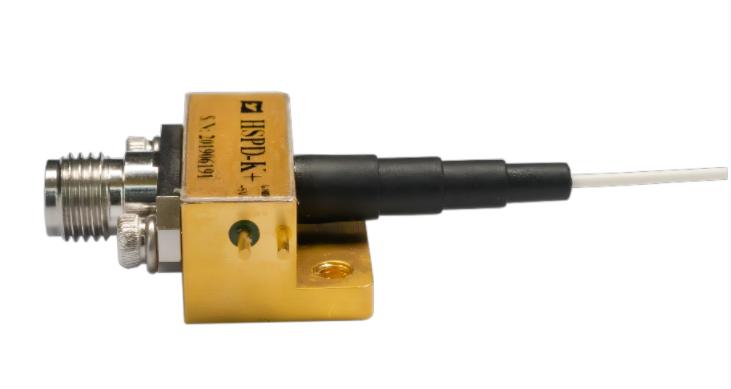
Types of Fast Photodiodes
The two main types of fast photodiodes are PIN photodiodes and Schottky photodiodes.
PIN photodiodes are a type of photodiode that has a wide intrinsic region between the p and n regions. This gives them a high quantum efficiency and a fast response time. PIN photodiodes are used in a variety of applications, including high-speed imaging and laser detection.
Schottky photodiodes are a type of photodiode that has a metal-semiconductor junction. They have a very fast response time, but they are not as sensitive as PIN photodiodes. Schottky photodiodes are used in applications where speed is more important than sensitivity, such as high-speed imaging and laser detection.
Operating Principles of Fast Photodiodes
PIN photodiodes work by generating a photocurrent when light is absorbed in the intrinsic region. The photocurrent is proportional to the intensity of the incident light. PIN photodiodes are relatively simple to fabricate and are less expensive than APDs. However, they are not as sensitive as APDs.
Schottky photodiodes work by using the Schottky barrier effect to generate an electrical signal when light is absorbed. The Schottky barrier effect is a barrier to current flow that occurs at the junction between a metal and a semiconductor. Schottky photodiodes are very fast photodetectors, but they are also not as sensitive as PIN photodiodes.
Advantages and Disadvantages of Fast Photodiodes
Fast photodiodes have a number of advantages, including:
- High speed: Fast photodiodes can detect changes in light intensity very rapidly. This makes them ideal for applications such as high-speed imaging and optical communication.
- Low cost: Fast photodiodes are relatively inexpensive to fabricate.
- Simplicity: Fast photodiodes are relatively simple to fabricate and operate.
- Low noise: Fast photodiodes are typically less noisy than APDs.
However, fast photodiodes also have some disadvantages, including:
- Lower sensitivity: Fast photodiodes are not as sensitive as APDs.
- Narrower spectral range: Fast photodiodes typically have a narrower spectral range than APDs.
Applications of Fast Photodiodes
Fast photodiodes are used in a variety of applications, including:
- Optical communication: Fast photodiodes are used in optical communication systems to receive and decode optical signals.
- High-speed imaging: Fast photodiodes are used in high-speed imaging systems to capture images of rapidly moving objects.
- Laser detection: Fast photodiodes are used in laser detection systems to detect and track laser beams.
- Industrial automation: Fast photodiodes are used in industrial automation systems to detect the presence or absence of objects.
- Consumer electronics: Fast photodiodes are used in consumer electronics devices, such as digital cameras and scanners.
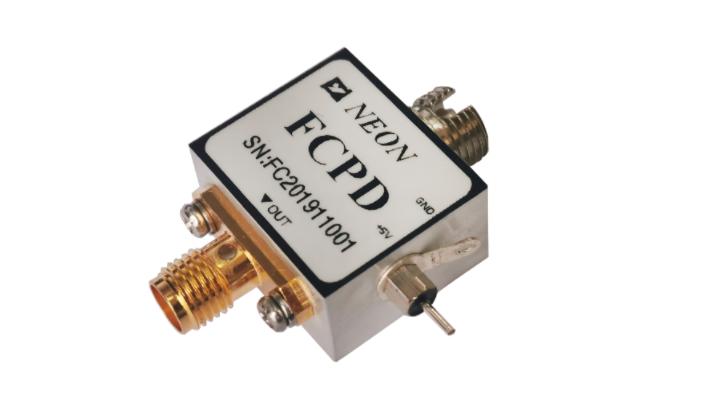
Comparison of Fast Photodetectors and Fast Photodiodes
The following table provides a comparison of fast photodetectors and fast photodiodes:
| Characteristic | Fast Photodetectors | Fast Photodiodes |
| Type | APDs, PIN photodiodes, STJs | PIN photodiodes, Schottky photodiodes |
| Operating principle | Internal multiplication mechanism, photocurrent generation, tunneling effect | Photocurrent generation, Schottky barrier effect |
| Advantages | High speed, high sensitivity, wide spectral range | High speed, low cost, simplicity, low noise |
| Disadvantages | High cost, complexity, noise | Lower sensitivity, narrower spectral range |
| Applications | Optical communication, high-speed imaging, laser detection, scientific research | Optical communication, high-speed imaging, laser detection, industrial automation, consumer electronics |
Conclusion
Fast photodetectors and fast photodiodes are both important devices that are used in a variety of applications. They can be used to detect light and convert it into an electrical signal very quickly. The best type of device to use depends on the specific application requirements.
For applications where high speed and sensitivity are both important, fast photodetectors such as APDs are typically the best choice. For applications where speed is more important than sensitivity, fast photodiodes such as PIN photodiodes are typically the best choice.


